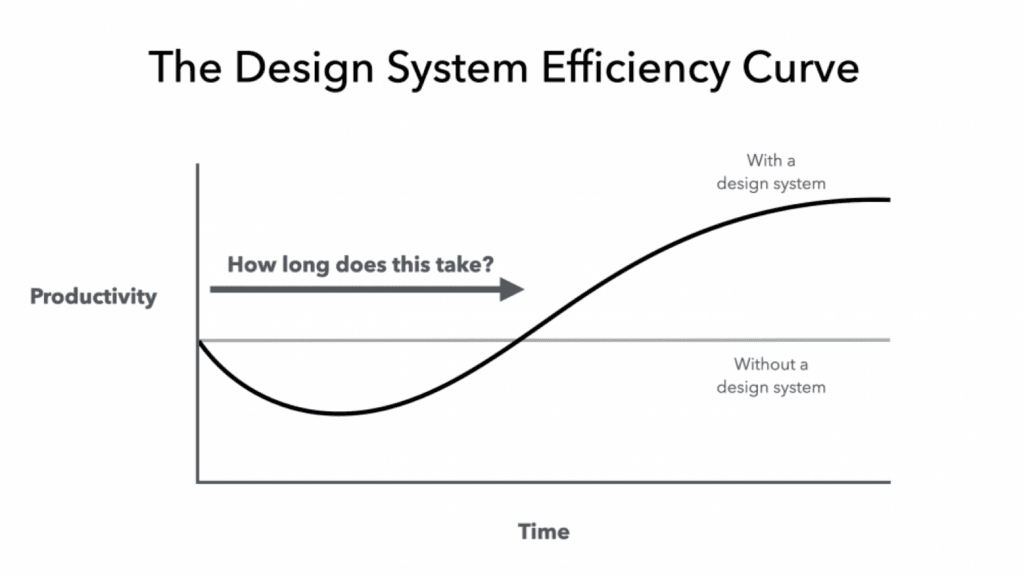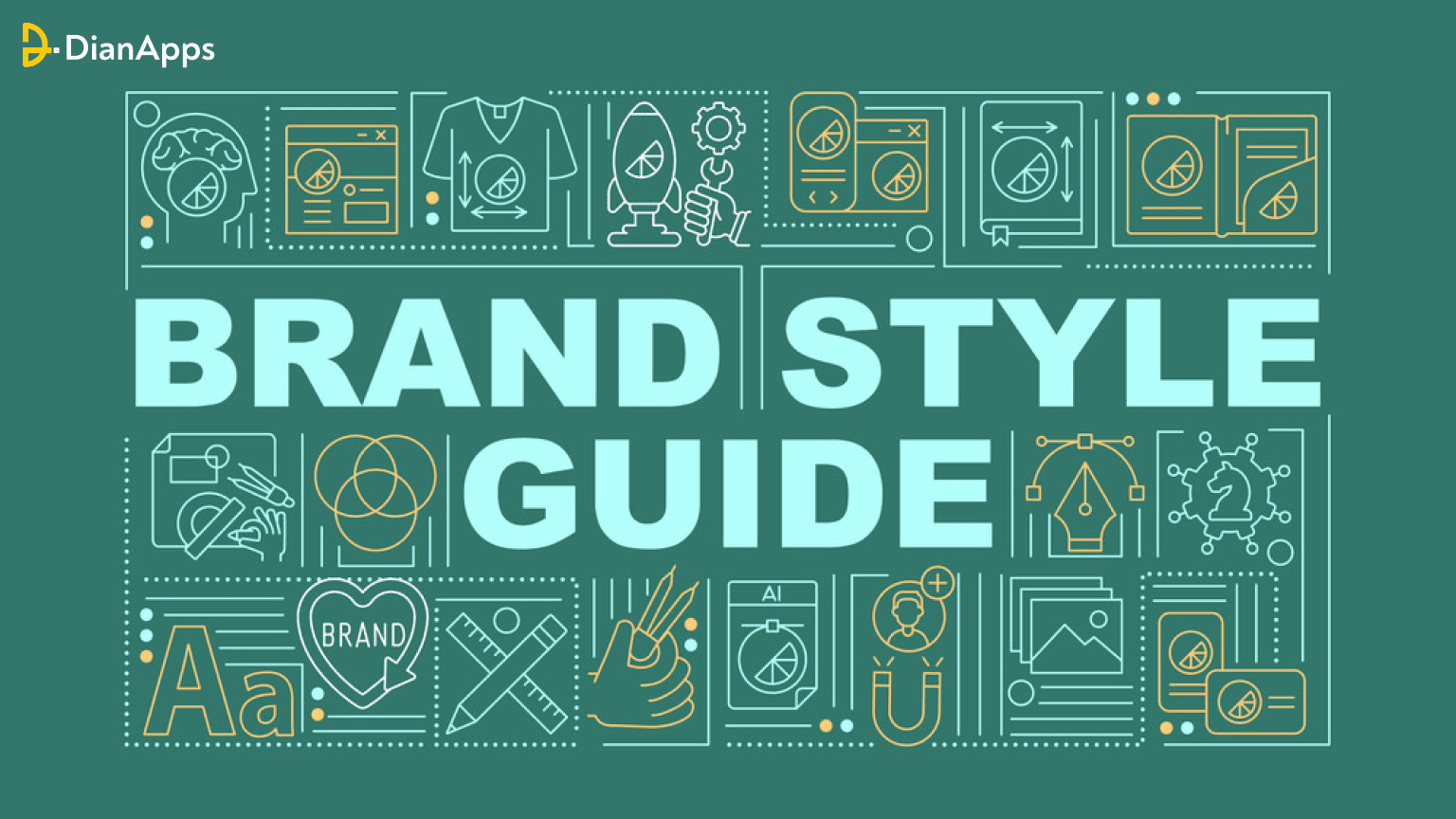A style guide is one of the elements that adds consistency and value to a well-designed product. A well-designed product has its fundamental elements correct. You’re aware of how recognizable products remain consistent.
Often disregarded by end users, the style guide is a silent hero in the ever-evolving world of UI/UX design. Even if it might not be as aesthetically pleasing as a state-of-the-art design or as fascinating as an intuitive user experience, a well-designed style guide is essential to assessing the overall performance of a digital product. Today, we’ll examine the role style rules in UI/UX design and how they offer the foundation for excellent user experiences.
“At the very least, any style guide should have examples of how to utilise the logo, typefaces, colours, and dos and don’ts for each.”
It’s simple to wind up with misplaced logos, inconsistent colours, mashup layouts, and an overall off-brand appearance without a strong style guide.
The main advantage of developing a style guide is that it saves a tonne of work in addition to guaranteeing uniformity. Designing anything that is “on brand” is significantly simpler and takes less time when you have strong brand guidelines in place. Having stated that, let’s get started with my 5-step method for developing a brand style guide.
Consistency Breeds Familiarity

Maintaining uniformity throughout the design process is one of a style guide’s principal purposes. Since consistency makes navigating the interface easy for users, it is essential to achieving a seamless user experience. Users experience greater comfort and confidence when utilizing a product when aspects like colors, font, icons, and space are maintained throughout various displays and interactions. User happiness is ultimately increased when each button click, swipe, or press feels natural and predictable thanks to a clearly defined style guide.
“Create your style guide as clear and efficient as possible to understand at a glance”.
Issues, Opportunities, and Boundaries
The cruise of design systems does not, however, imply that it is free from pollution. As designers, we will delve into the uncertain paths of omitting and incorporating design systems across time. In order to ensure that the system remains dependable, comprehensible, and effective in the face of shifting design trends and user preferences, the process will continue through continuous communication, documentation, and governance.
The next task for design systems is to strike a balance between rigidity and flexibility. While some latitude should be allowed for creativity and innovation, the integrity of the brand and user experience should never be compromised. Achieving this balance necessitates making difficult choices based on determining the needs of users, corporate goals, and technology constraints, as well as demonstrating a willingness to adjust and streamline the procedure in light of the advice and insights given.
Efficiency in Design and Development

A style guide expedites the design and development process and promotes consistency. Designers can operate more productively and save time and resources by having a set of predetermined rules and principles. A style guide also helps developers because it removes the need for guesswork and lowers the possibility of implementation problems. The team can collaborate more easily and complete projects more quickly when there is a clear path provided in the style guide.
Facilitating Collaboration
Any successful design project must entail effective collaboration, and a style guide provides a shared language for all parties involved. Developers can quickly comprehend the technical specs needed to make a designer’s vision a reality, while designers can more successfully express their vision to others. In addition, other team members can coordinate their efforts with the style guide’s overarching design direction, such as marketers and content creators. A style guide makes sure that everyone is working toward the same objective of providing a consistent and engaging user experience by encouraging collaboration and alignment.
Accelerating Design Iterations
Speed is critical in the ever-evolving digital world. With the use of standardised patterns and reusable parts, design systems enable designers to work more quickly. Designers can use pre-built elements from the design system to cut down on redundancy and speed up iterations rather than having to start from scratch for every project. Teams can concentrate more on optimising user interactions, testing new features, and responding to user input when using this iterative method, which speeds up product iterations and promotes continuous improvement.
Adaptability and Scalability
Adaptability and scalability are critical factors in today’s digital landscape, as products are always changing and growing. A well-crafted style guide is adaptable enough to take into account updates and modifications without sacrificing coherence or consistency. A style guide offers the structure for smooth adaptation and scalability, whether you’re growing into new markets, introducing new services, or supporting various screen sizes. In the long run, companies can save time and money by future-proofing the design system, which guarantees that their digital products stay competitive and relevant in a fast-changing world.
Building Brand Identity

In addition to being useful, a style guide is essential for developing brand identification. Users may strengthen brand recognition and create a powerful brand presence by using colours, font, and other visual components consistently. In addition to improving the user experience, a unified and eye-catching design also speaks well of the company, encouraging user loyalty and trust. Designers may successfully communicate the brand’s values and personality by following the criteria outlined in the style guide, resulting in a memorable and powerful user experience.
Conclusion
In conclusion, a style guide is unquestionably a silent hero in the field of UI/UX design, even though it may not always be the star of the show. A well-written style guide is the foundation of great user experiences because it offers a framework for efficiency, uniformity, collaboration, adaptation, and brand identification. It is impossible to exaggerate the significance of style guidelines in influencing the direction of UI/UX design as digital products continue to develop and innovate. Streamline design systems let us work more quickly, repeat tasks more quickly, and maintain a single, cohesive design by speeding up the design process. Every element of the design system, including the buttons, font, colours, and iconography, is carefully chosen to uphold the core values of usability, accessibility, and beauty.
DianApps is a leading UI/UX design service company that knows the ins and outs of style guides and how they can uplift your UI/UX design aspirations. Get in touch with us today for a more valid project discussion.










Leave a Comment
Your email address will not be published. Required fields are marked *